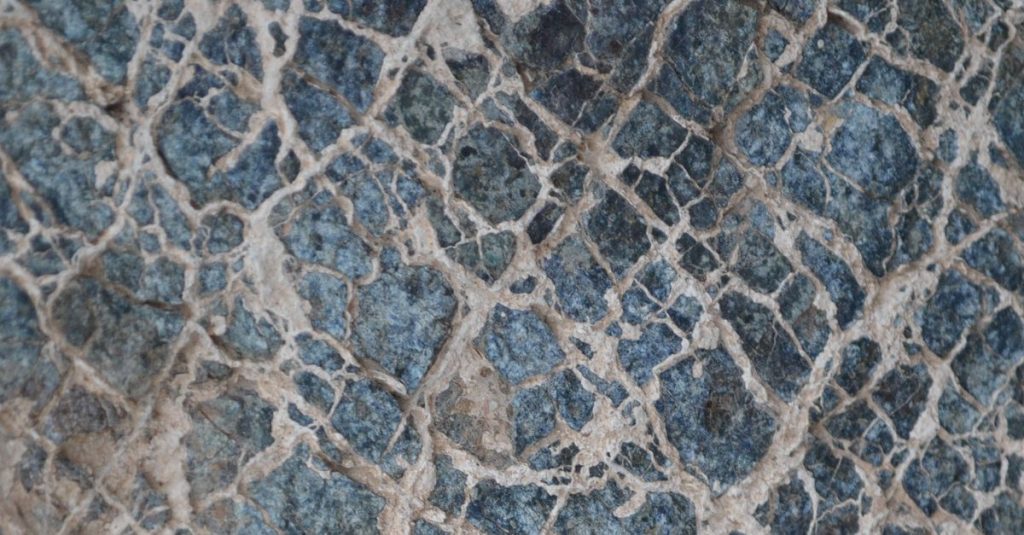Researchers have discovered an early branch in the acetogen family tree, possibly one of the oldest types of life on Earth. Due to differences in an important biochemical process in single-celled organisms, one branch is very similar to the precursor of bacteria, and the other is more like a precursor to another important class of microorganisms: archaea. American researchers published their studies Monday in PNAS.
Acetogens get their name from the fact that they contain acetate (CH3ko2–) Produce. Acetate is one of the simplest possible organic substances – the molecules from which life is built. They live on the sea floor near hot springs, where they feed on simple particles scattered from the ground, such as carbon dioxide (CO).2) and hydrogen (H2). This makes it special: it does not depend on substances produced by other microorganisms in the ecosystem.
lifeless planet
This means that they could have first originated on a lifeless planet. Because they can form simple organic matter, they may have fueled the evolution of life on Earth. Those who study them may look at primitive evolution.
This is what the researchers did in a rocky place that is very similar to what the early Earth looked like. They visited the geologically interesting Samail Ophiolite, a rock formation in the Al Hajar Mountains in Oman. This site consists of a piece of oceanic rock from under the earth’s crust, which was formed by the movement of tectonic plates. The geological processes from which the first microorganisms lived on the sea floor are still active.
The researchers pumped water from under the rock formation, and found multiple groups of acetogens. They analyzed the DNA of microorganisms and identified two types. They both have a clear preference for their habitat: one is found mainly in very deep and alkaline (as opposed to acidic) waters, and the other lives a little higher and in more neutral waters. They are very close to each other in the evolutionary tree, but they have taken a different evolutionary turn.
More complex objects
The difference between the two mainly lies in the way acetate is made. The biochemical reaction process of one species is very similar to that of early bacteria, and the other is very similar to the so-called ‘archaea’ – both types of microorganisms are the first two types of life on Earth. Then it took more than a billion years for the third type to appear: more complex and multicellular organisms.
“This excellent study makes a significant contribution to the theory of the origin of life,” judges Michael Russell. He is a geochemist at the University of Turin and the founder of the idea that life could have arisen around rock as in the Hajar Mountains. “It provides evidence that a very small group of early microbes grew and survived and shows how evolution evolved.”
“Little is known about contemporary acetogenes, while it has long been believed that these organisms live in these environments and are among the oldest types of life,” said Daniel Coleman, a microbiologist at Montana State University and author of the study. “We now show that older hypotheses about acetogens are consistent with real-world examples.”
A version of this article also appeared in October 12, 2022

“Total coffee specialist. Hardcore reader. Incurable music scholar. Web guru. Freelance troublemaker. Problem solver. Travel trailblazer.”







More Stories
GALA lacks a chapter on e-health
Weird beer can taste really good.
Planets contain much more water than previously thought